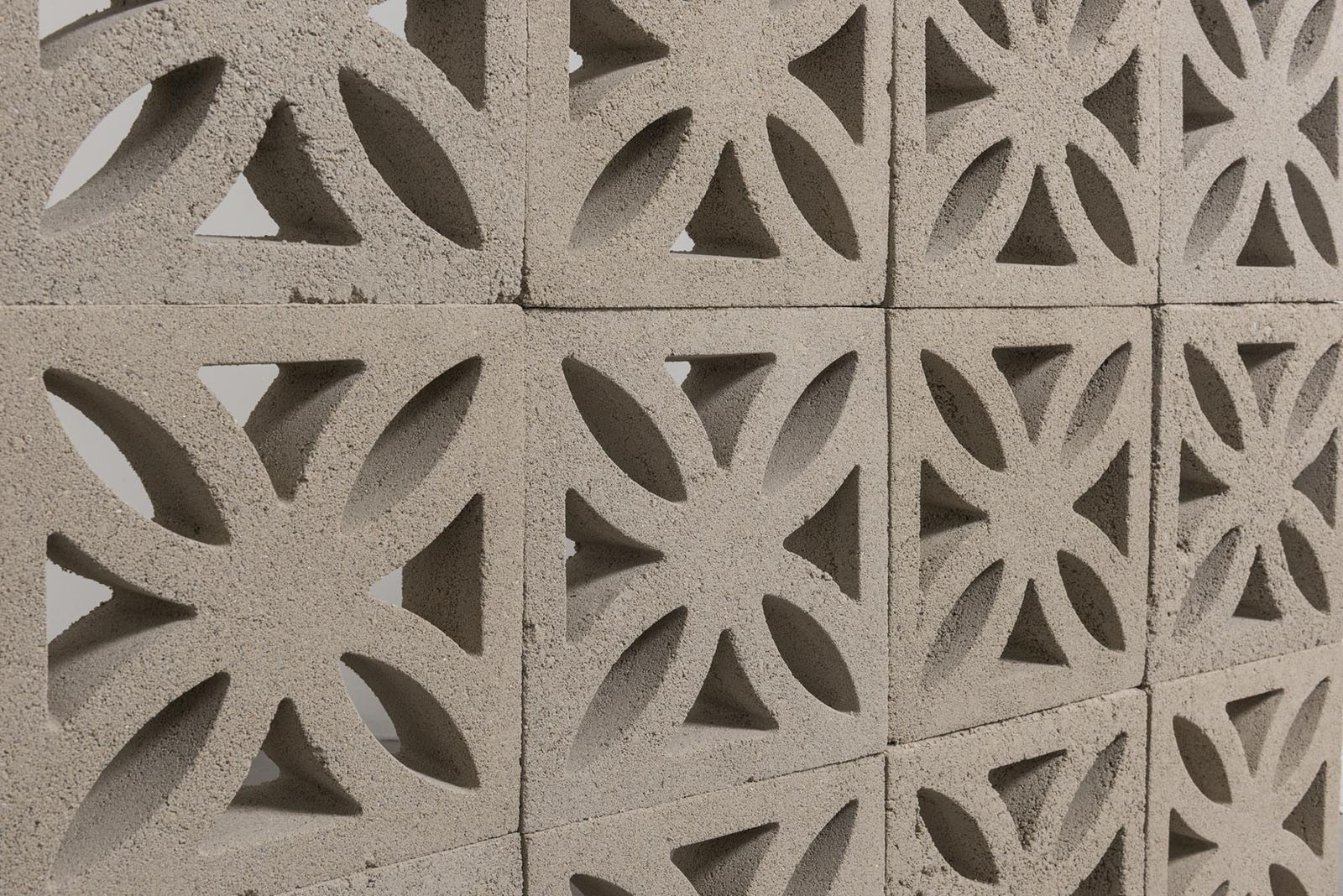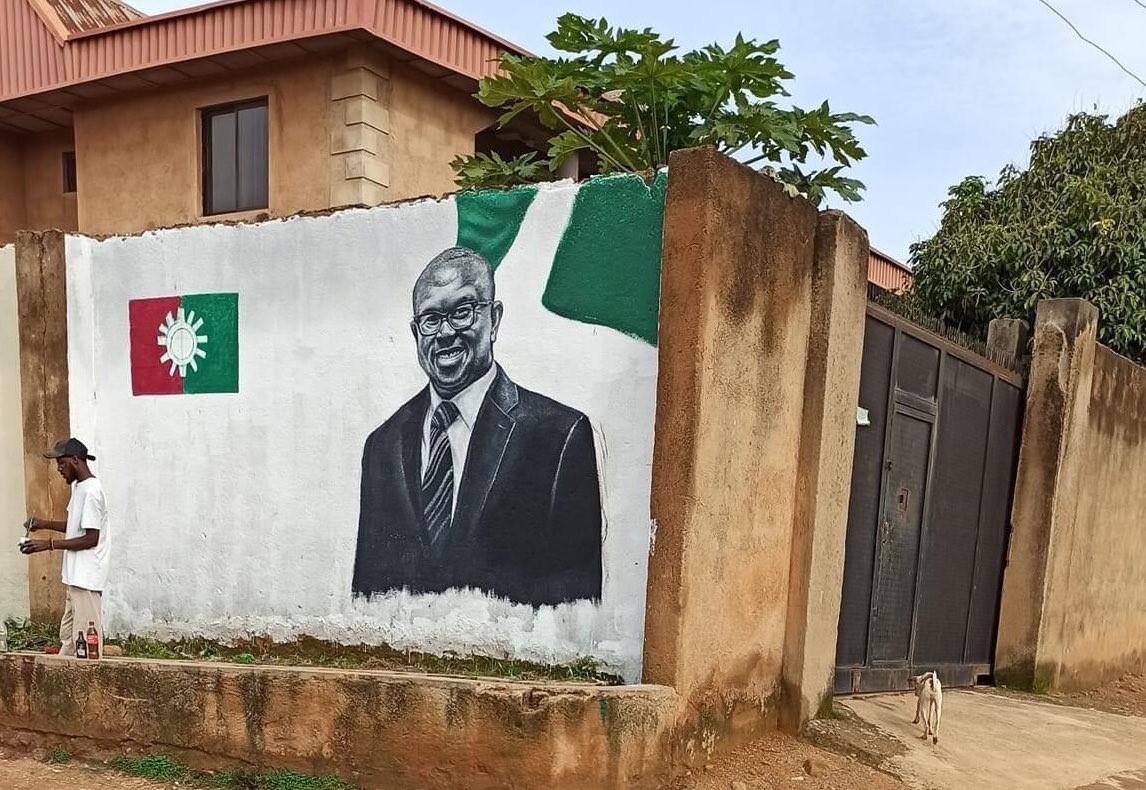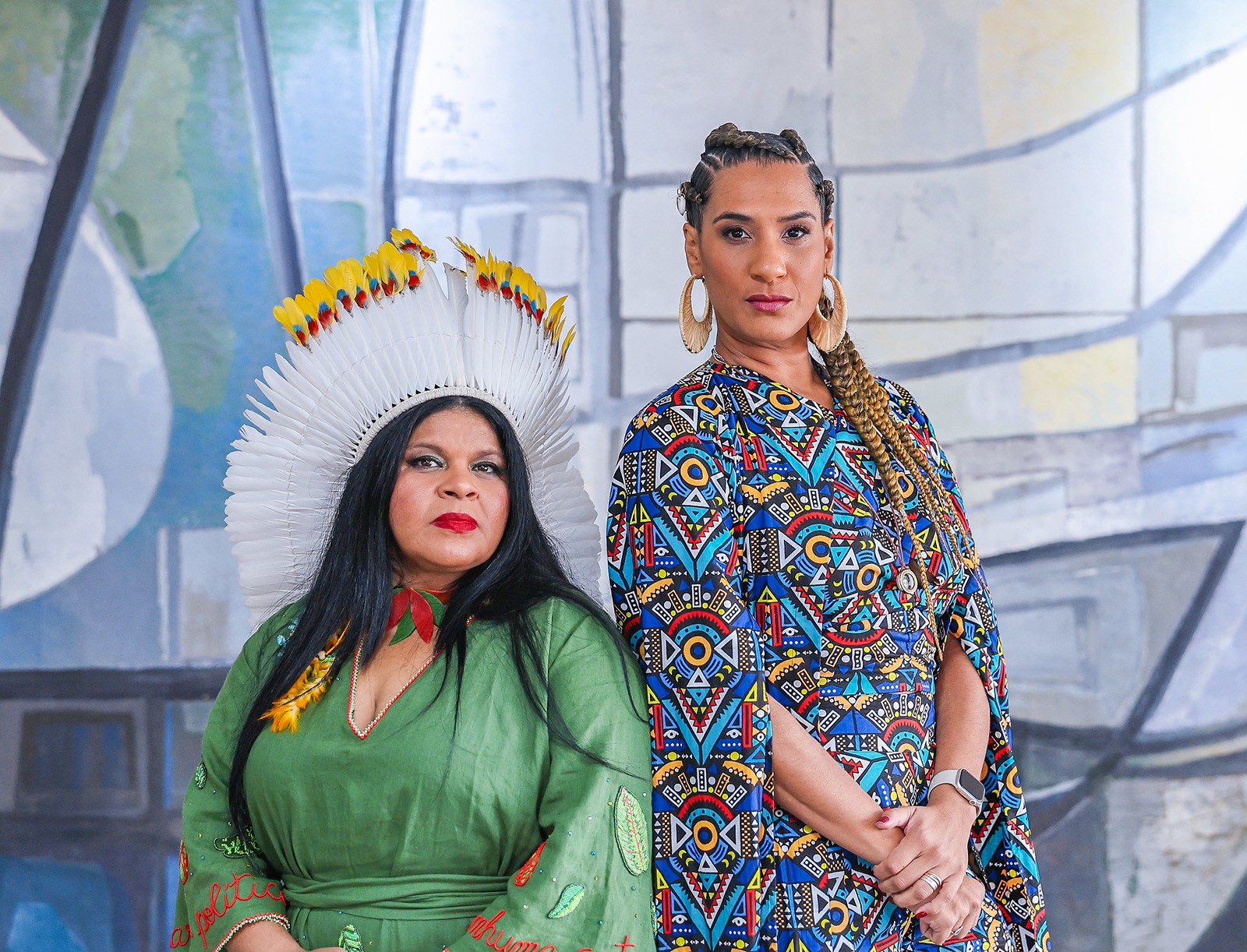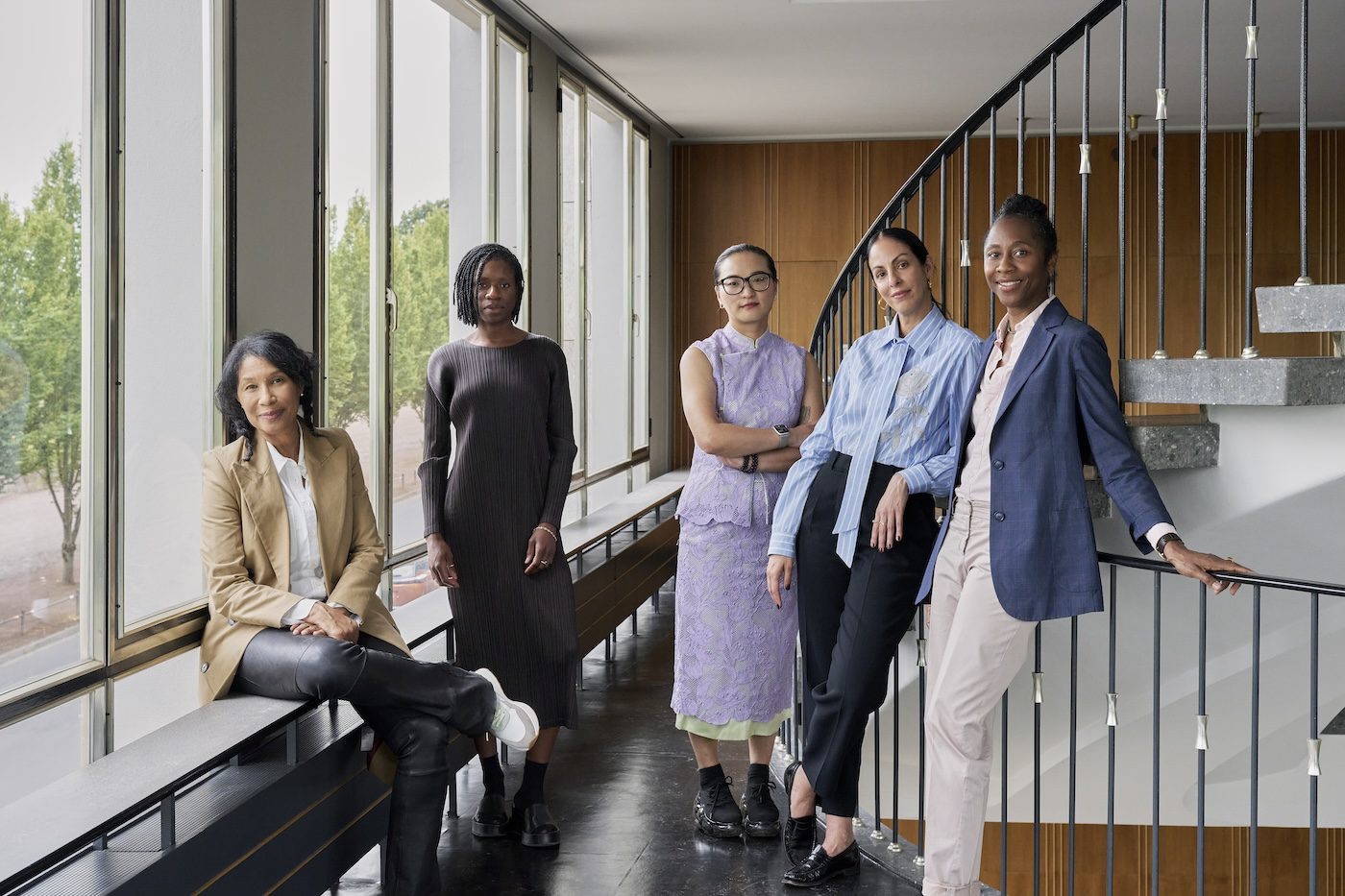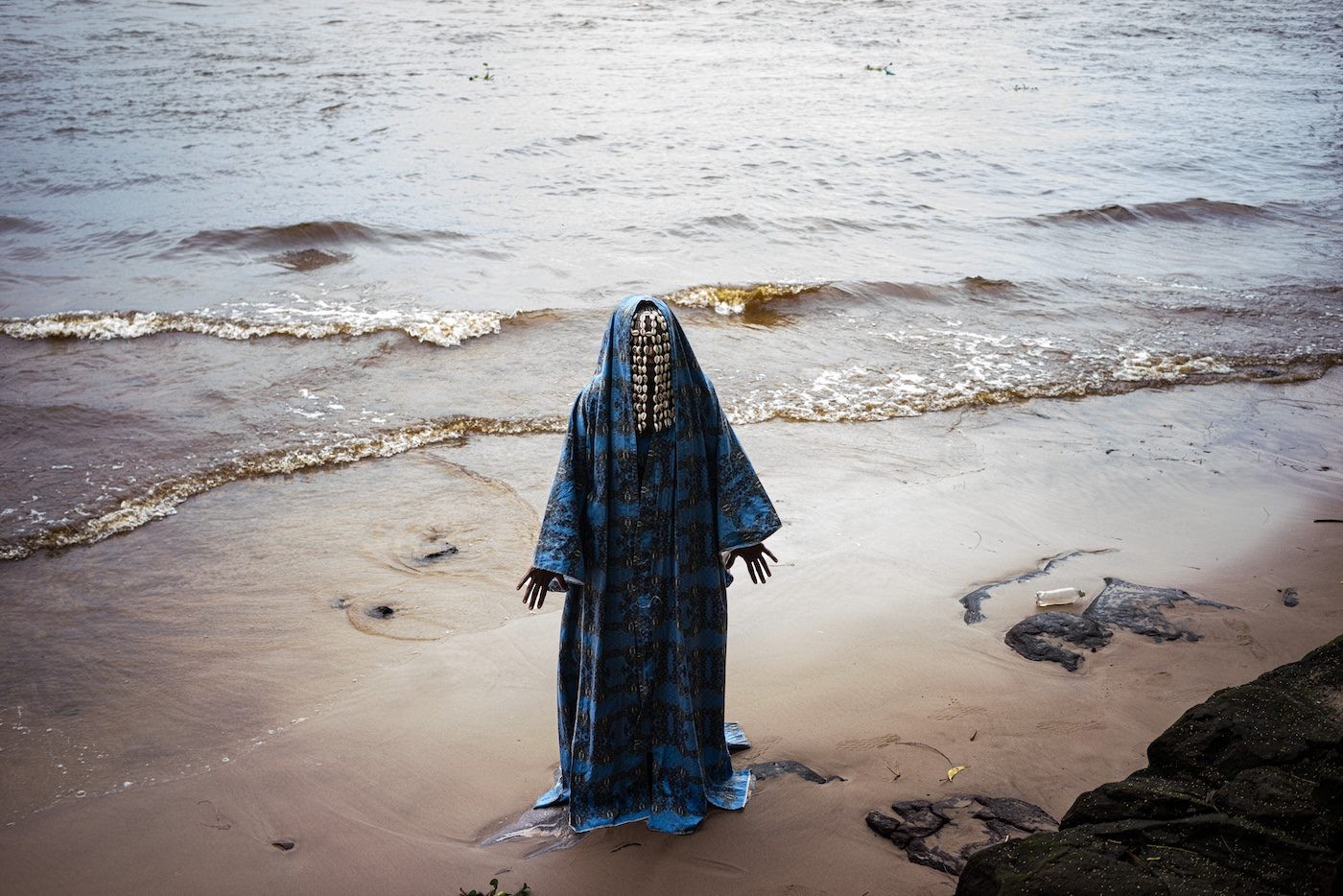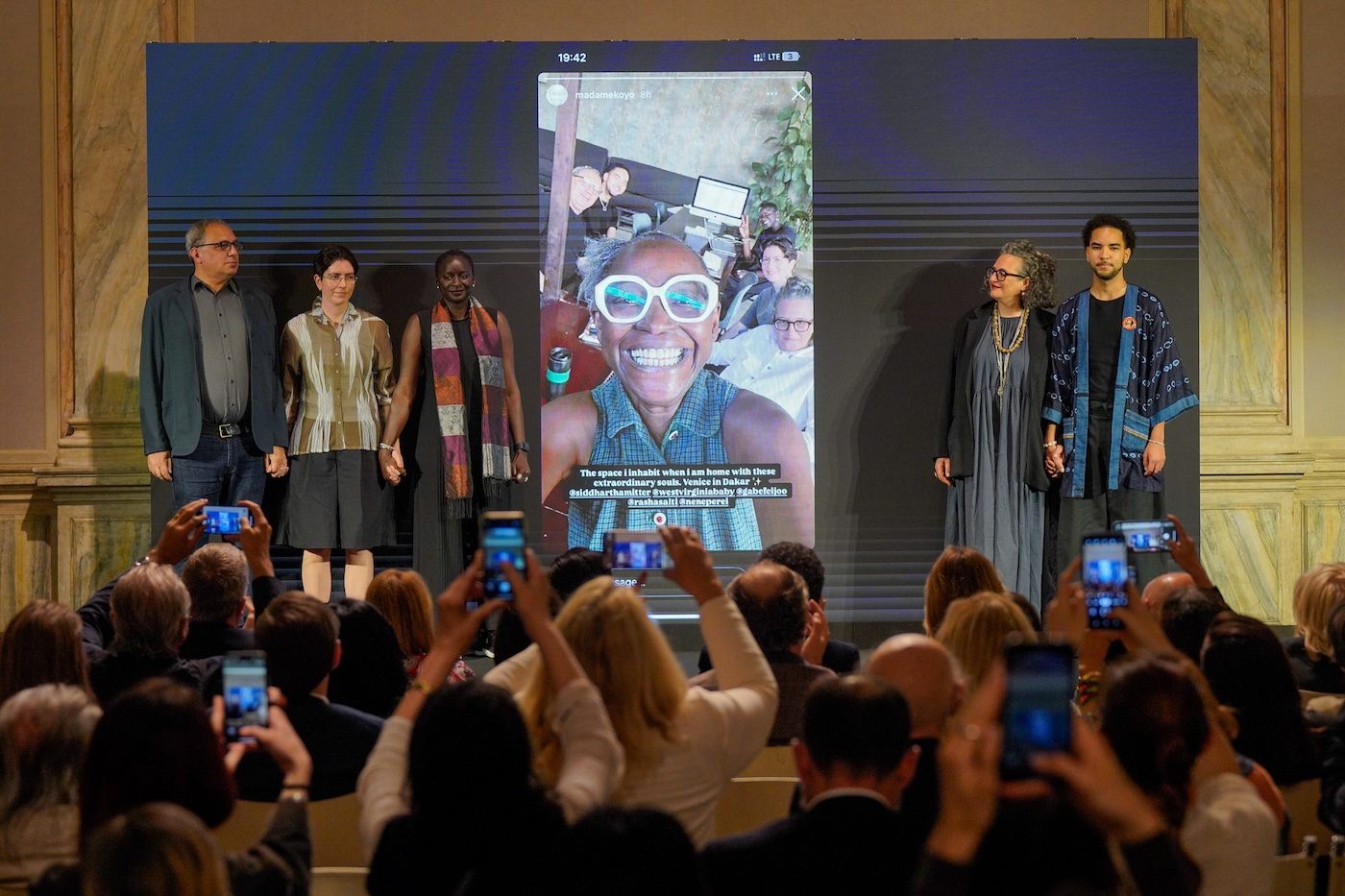Making Sense of Political Narratives

24 February 2017
Magazine C& Magazine
5 min read
. Kenya remains politically hyperactive. A decade ago, political antagonism nearly drove the nation to the brink of disorder. And some visual artists, using a mix of media and concepts, continue to interpret such social narratives through political art. Kevin Oduor has been active in the art scene for more than twenty years. He …
.
Kenya remains politically hyperactive. A decade ago, political antagonism nearly drove the nation to the brink of disorder. And some visual artists, using a mix of media and concepts, continue to interpret such social narratives through political art.
Kevin Oduor has been active in the art scene for more than twenty years. He has dedicated his career to public sculptures, and his work. The statue of freedom fighter Dedan Kimathi, at the tip of Kimathi Street in Nairobi, is one of the most recognizable pieces of political sculptures in the capital. Yet Oduor’s art allows him little room for independence. His public projects have been in the form of government tenders and contracts. And because it is imperative that he represents his subjects as heroes, he can be mindful of disappointing the authorities and must register disapprovals, if any exist, in a concealed and clever way. So, his protest is often subtle and only traceable in curves, wrinkles, and postures.
“My art does not merely lie in the shaping of the physical form, which is like the repetitive task of toy making” says Kevin Oduor. “It exists in the simple distortions that I make on a figure based on research and techniques. It is only close family members to the heroes who quickly recognize these alterations.”
Other artists openly register protests against the democratic upsurge in Africa and even question the relevance of democracy today. Those who protest are often introspective in their approach. Unlike most young artists, who tend to eschew political art, Longinos Nagila, 30, has been fascinated with politics. Some of his previous creations, specifically in the 2014 expressionist series “Mwanzo Mpya,” were critical of the unity between politicians and the clergy.
In April 2016, after eight months of research, experimentation, and production, Nagila held a successful exhibition, “Democracy My Piss,” at the Kuona Trust gallery in Nairobi. The show’s title was almost enough in itself. “Democracy My Piss,” since it described Nagila’s disapproval of ignorant electorate across Africa. Through an installation and a video, he dismissed the idea of democracy altogether. Rather than domesticate, Nagila questioned the African approach to democracy, especially after observing the chaotic Ugandan elections in early 2016 while he was in transit to Rwanda.
Since breaking away from colonial powers, Kenya has undergone spurts of political clashes. The most devastating event was the 2007 crisis in which some 1.333 lives perished. Of all the political happenings, artists have maintained most silence on the post-election violence, but Patrick Mukabi mounted a delayed public art project.
In “Siasa Mbaya, Maisha Mbaya” (Dirty politics, miserable life), a collection of two-dimensional pieces, Mukabi reflects on the events. It took him about five years to conceptualize a series, in which he shaped naturalistic figures from repurposed rusty roofing sheets that were salvaged from houses scorched during the crisis. The metal cut outs are depictions of men and women in aggressive behaviors. Some of the remaining pieces are stocked at the One Off Contemporary Art Gallery in Nairobi, where they imposingly stand as public art.
It took that long for Mukabi to dedicate his art to civic education majorly because he was waiting for the right time, and because he was wary of the public’s reception of the theme. Reconciliation and justice are sensitive issues in Kenya, and the public tends to avoid close examination of the historical conflicts.
“‘Siasa Mbaya, Maisha Mbaya’ focused on the people,” he tells C&, "because, they, and not the politicians, were on the streets rioting, killing, and looting. And they went to the streets involuntarily.”
If Kevin Oduor uses his art to comment in a small way, then Joseph Bertiers does the opposite. Bertiers is a storyteller. A quick glance at his work will be careless. Only after hours of examining every object, place and event in his paintings one can follow the narrative. Without his intervention, sometimes, it can take days to make sense of his work.
“I always add value to my political paintings by making them complicated. When I do so, some people are impressed, and that means everything,” Bertiers says.
Each year, and depending on the political climate, Bertiers commits his energy to creating satirical pieces. His realistic oil on canvas paintings are exclusively political and often depict world leaders in incredible, informal contexts, and even abashing situations. While Bertiers avoids taking sides in Kenyan politics, he directly expresses criticism of the West in his works. He believes that, in pursuit of foreign policies, western powers fan conflicts in Africa. Unlike his peers, who approach political narratives through abstractions, Bertiers is unwavering, and his work targets specific world leaders, from President Donald Trump and his predecessor to President Robert Mugabe.
Political art in Kenya tends to traverse the edges of imagination. Depending on individual artist preferences, at one time they comment on foreign policies, at another, they examine the sustainability of the democratic system or simply commemorate. Dissatisfaction with the status quo dominates the narratives of leftist artists, such as Longinos Nagila who is aware that he cannot avoid political commentary. But he hopes for political and social changes so that he can reinvent himself.
.
Enos Nyamor is a student from the C& Critical Writing Workshop which was held in Nairobi in December 2016 and made possible by the support of the Ford Foundation
Read more from

